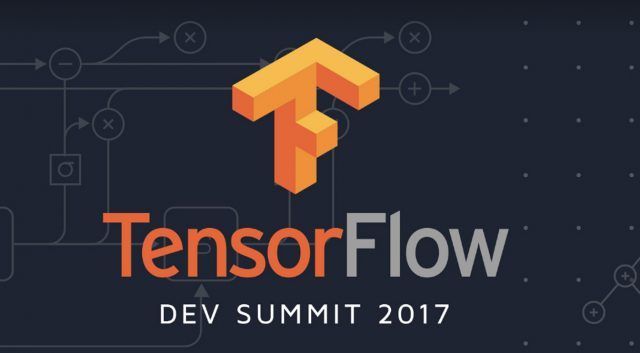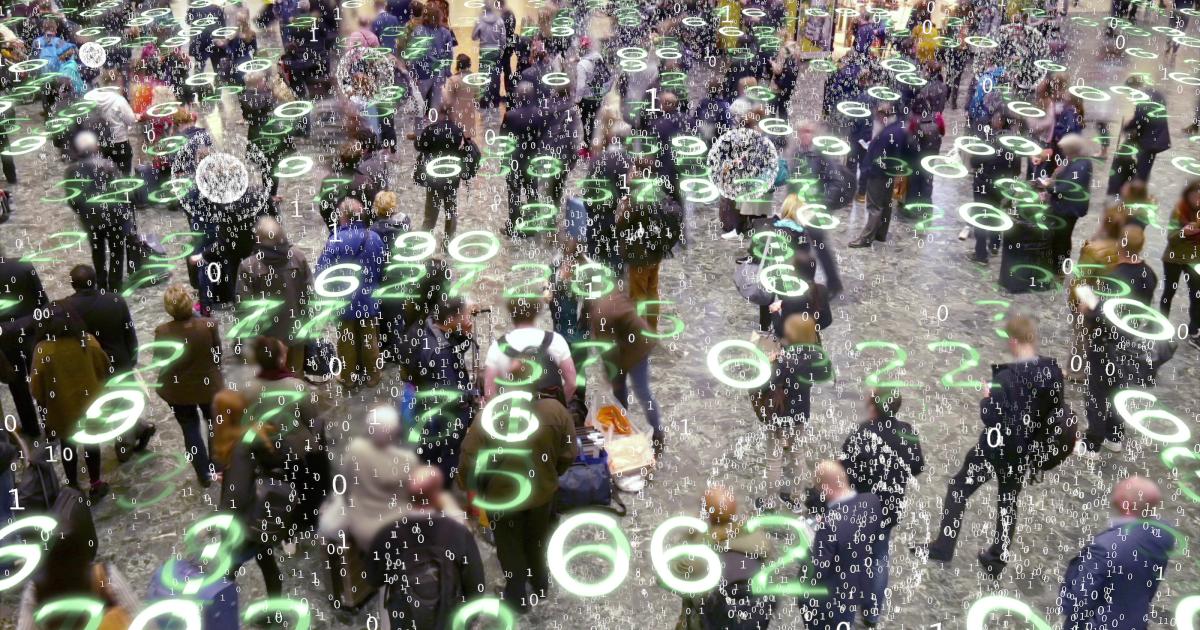Feb 21, 2017
NASA announces Wed. news conference on ‘discovery beyond our solar system’
Posted by Sean Brazell in categories: alien life, information science, physics
Interestingly, Seager, who studies bio signatures in exoplanet atmospheres, has suggested that two inhabited planets could reasonably turn up during the next decade, based on her modified version of the Drake equation, Space.com notes. Her equation focuses on the search for planets with biosignature gases — gases produced by life that can accumulate in a planet atmosphere to levels that can be detected with remote space telescopes.

Continue reading “NASA announces Wed. news conference on ‘discovery beyond our solar system’” »















